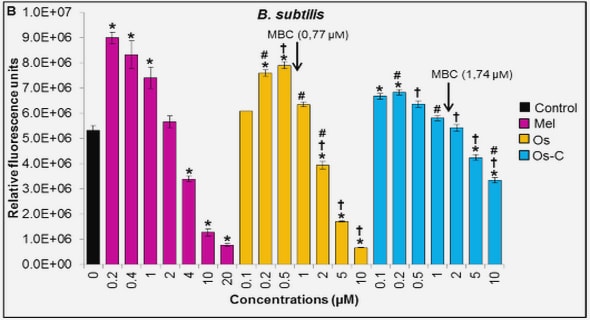(Downloads - 0)
For more info about our services contact : help@bestpfe.com
Table of contents
1 Introduction and Summary
1.1 Introduction
1.2 Chapter 2: Improved Gridded Wind Speed Forecasts with Block MOS
1.2.1 Motivation
1.2.2 State of the art of wind speed MOS and gridded MOS
1.2.3 Results
1.3 Chapter 3: Estimation of the CRPS with Limited Information
1.3.1 Motivation
1.3.2 State of the art of the estimation of the CRPS
1.3.3 Results
1.4 Chapter 4: Aggregation of Probabilistic Wind Speed Forecasts
1.4.1 Motivation
1.4.2 State of the art of EMOS and combination thereof
1.4.3 Results
1.5 Conclusion
2 Improved Gridded Wind Speed Forecasts with Block MOS
2.1 Introduction
2.2 Gridding 10-m windspeed measurements
2.2.1 Methodology
2.2.2 Data description
2.2.3 Verification strategy
2.2.4 Results about the best interpolation strategy
2.3 Improving wind speed forecasts on a grid by block regression
2.3.1 Data
2.3.2 Block MOS
2.3.3 Results
2.4 Conclusion
3 Estimation of the CRPS with Limited Information
3.1 Introduction
3.2 Review of available estimators of the CRPS
3.3 Study with simulated data
3.3.1 CRPS estimation with a random ensemble
3.3.2 CRPS estimation with an ensemble of quantiles
3.4 Real data examples
3.4.1 Raw and calibrated ensemble forecast data sets
3.4.2 Issues estimating the CRPS of real data
3.4.3 Issues on the choice between QRF and NR
3.5 Conclusion and discussion
3.A What is elicited when the 1-norm CRPS of an ensemble is minimized?
3.B Relationships between the estimators of the CRPS
3.B.1 Equality of dcrpsFair and dcrpsPWM
3.B.2 Equality of dcrpsNRG and dcrpsINT
3.B.3 Relationship between dcrpsPWM and dcrpsNRG
4 Aggregation of Probabilistic Wind Speed Forecasts
4.1 Introduction
4.2 Theoretical framework and verification strategy
4.2.1 The individual sequence prediction framework
4.2.2 Sequential aggregation of step-wise CDFs
4.2.3 Verification strategy
4.3 Aggregation methods
4.3.1 Inverse CRPS weighting
4.3.2 Sharpness-calibration paradigm
4.3.3 Minimum CRPS
4.3.4 Exponential weighting
4.3.5 Exponentiated gradient
4.4 The experts and the observation
4.4.1 The TIGGE data set and experts
4.4.2 The calibrated experts
4.4.3 The observation
4.5 Results
4.5.1 CRPS, reliability and sharpness
4.5.2 Spatio-temporal characteristics of the most reliable aggregated forecast
4.6 Discussion about calibration and aggregation procedures
4.7 Conclusion and perspectives
4.A Formula for the gradient of the CRPS
4.B Bounds for the EWA aggregation
4.C Time series of the regret at each lead time
4.D Maps of rank histograms of raw ensembles
4.E Time series of the aggregation weights
5 Conclusion and Perspectives
Bibliography



